In the eighth annual report to the Swine Health Information Center, which provides the primary funding for its work, Morrison Swine Health Monitoring Project leader Dr. Cesar Corzo of the University of Minnesota detailed project outcomes for its three primary objectives. MSHMP monitors trends in pathogens incidence and prevalence, conducts prospective monitoring of PRRSV sequence evolution and impact, and expands participation of producers to increase relevance and deliverables to the swine industry.
Swine pathogens PRRSV, PEDV, PDCoV, SVA, and central nervous system associated viruses are routinely monitored and compared to historical trends. Additional investigations were undertaken to evaluate pathogen patterns, epidemiology and herd stabilization post-infection. MSHMP investigated the relationship of the PRRS RT-PCR positivity rate between breeding and growing pigs during 2015 to 2020 from MSHMP participants. A correlation was identified in the time lapse between positive submissions from nursery/finisher samples and adult/farrowing samples. The correlation found that adult/farrowing positivity follows the same trend as the nursery/finisher positivity with a one-week lag. However, the data was interpreted with caution as no account for spatial distribution or PRRS virus sequence information was included. Consequently, MSHMP was unable to conclude that the increase in PRRS positive rate in breeding herds is due to an increase in positivity rate in growing pigs.
In another investigation, MSHMP assessed the frequency of PRRS outbreaks in breeding herds managing mortality either through composting, incineration, or rendering. The goal of the investigation was to identify associations between carcass disposal methods and PRRS occurrence. Results of the study include analysis of 133 breeding sites from eight production systems to date. One finding included a higher numerical rate of ≥1 PRRS outbreaks on sites using compost (29.7%) compared to sites using rendering (21.1%). However, when accounting for variables such as production system, average inventory, air filtration status, and state, composting was not associated with a higher number of PRRS outbreaks when compared to rendering (p = 0.67). Further assessment of data is warranted once additional data is received from participating systems and the study is evaluated over an extended time frame.
Regarding PEDV, MSHMP quantified the time that positive herds required for stabilization across both the epidemic phase (May 1, 2013 – December 31, 2014) and the endemic phase (January 1, 2015 – June 30, 2023). Results concluded that those infected during the epidemic phase of the disease in the US took nine weeks longer to reach stability than those infected during the endemic phase, reflecting industry progress in PEDV control. Being able to estimate time to stability can assist producers and their veterinarians develop an effective herd plan for PEDV management and potential elimination.
For PRRSV outbreaks, MSHMP provided an extensive dataset to report the spatial-temporal distribution of strains similar to the outbreak strain, providing invaluable information during outbreak investigations. MSHMP characterized the epidemiological situation of an emerging PRRS virus (L1C-124) that was thought to be virulent and fast spreading. A total of 382 case sequences were identified across 16 production systems. Most sequences originated from breeding sites (n = 223) compared to grow/finish sites (n = 127), with the sequences originating from 118 unique sites (73 grow/finish, 37 breeding, and eight unknown). Even though the virus did disseminate, it did not reach the transmission speed and magnitude of spread for other recently identified PRRS variants. Clinical impact was also characterized and found to be similar to the recent L1C-144. Continuous monitoring and assessment of emerging PRRS strains is critical to manage transmission and highlights the need for focus on biosecurity practices to prevent spread.
During 2022-2023, MSHMP added four production systems to their ongoing collection of swine health data. The project’s database now has 1,274 sow farms housing approximately 3.8 million sows, 3,318 growing pig farms with 12.2 million pig spaces, and 48 boar studs totaling 12,799 boars. The addition of new groups and voluntary participants allows for improved monitoring to assess the role grow finish populations play for area/regional disease pressure.
MSHMP’s first publicly available website officially launched in Q3 of 2023 and has been continuously updated. This website is designed to optimize MSHMP output dissemination within both the participant and industry communities. The website has been designed with 10 comprehensive sections, including Home, About, History, People, Reports, Outreach, Ongoing Projects, News, Resources, and Contact Us. The website has been accessed by individuals from 41 countries with the highest number of users coming from the US, China, and Spain.
PRRSV and PEDV cumulative incidence data graphs from MSHMP are also now included in SHIC’s monthly enewsletter along with a link to sign up to participate in the program and/or receive weekly reports.
The Swine Health Information Center, launched in 2015 with Pork Checkoff funding, protects and enhances the health of the US swine herd by minimizing the impact of emerging disease threats through preparedness, coordinated communications, global disease monitoring, analysis of swine health data, and targeted research investments. As a conduit of information and research, SHIC encourages sharing of its publications and research. Forward, reprint, and quote SHIC material freely. For more information, visit http://www.swinehealth.org or contact Dr. Megan Niederwerder at [email protected] or Dr. Lisa Becton at [email protected].
Copyright 2024 | Swinehealth.org | Website by Heartland Marketing Group